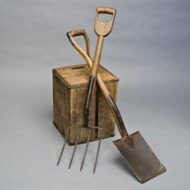How to improve the fertility of our soil is a question that we all have to grapple with these days, especially when thinking in terms of sustainable gardening choices.
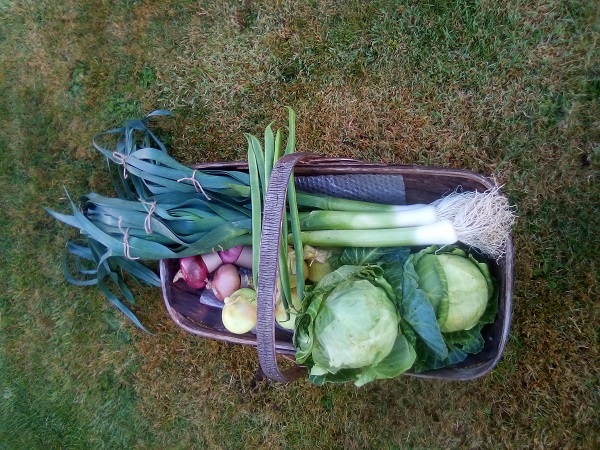
One method – probably still quite under-used – is to plant green manures. These crops are grown specifically to be dug back into the soil as soil-improvers. One important point to growing many varieties of green manure is that you can reduce the loss of the key nutrient – nitrogen – in the soil by up to 97 percent, as against simply leaving to soil bare. Our list below shows which varieties can achieve this.
All green manures draw goodness out of the soil and store it in the plant’s cells and root nodules. By digging the plants back in at the optimal time, they then rot down and gradually release those nutrients so that the next crop benefits.
Regular use of green manures will also improve the soil structure. They can break down hard soils and can add organic matter to light soils. Many green manures give good soil cover thus preventing or minimising weed growth. Several types also attract beneficial insects such as bees and hoverflies which prey on pests like aphids.
Here we list several varieties, each geared for various soil conditions. Which one will suit you?
Alfalfa
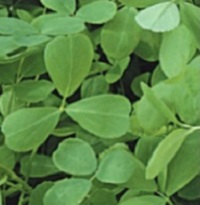
Deep rooting plants improve the structure of the subsoil. Grows to about 1 metre high and is winter hardy.
Sow: Broadcast April – July
Soil type: Poor, not acid
Dig in: From 2 months – 1 year
Nitrogen fixer – yes
Buckwheat

Deep rooting to break up subsoils and makes a lot of growth to increase humus content. Added benefit of attracting hoverflies which will feed on greenfly in the garden. Dig or rotavate in before frosts for humus improvement. Fast into growth so is good for weed suppressing.
Sow: Broadcast March – August
Soil type: Poor
Dig in: 2 – 3 months, before flowering
Nitrogen fixer – no
Phacelia Tanacetefolia
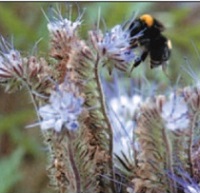
Quick to start up and suppress weeds. Winter for spring digging in. Adds humus content to soil.
Sow: Broadcast March – mid-September
Soil type: All
Dig in: 1 – 3 months, before flowering
Nitrogen fixer – no
White Clover
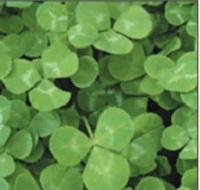
Dense foliage for under sowing crops to build fertility and nutrients.
Sow: Broadcast February – September
Soil type: Most soils
Dig in: 2 – 3 months, before flowering
Nitrogen fixer – yes
Fenugreek

Grown mainly to increase humus content quick into growth to suppress weeds but slower to flower than mustard
Sow: Broadcast March – August
Soil type: Well drained
Dig in: 2 – 3 months, before flowering
Nitrogen fixer – no
Field Beans
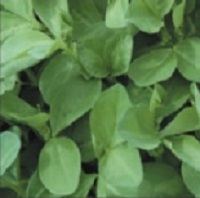
A winter hardy species
Sow: In rows September – November
Soil type: Heavy
Dig in: March – May, before flowering
Nitrogen fixer – yes
Grazing Rye
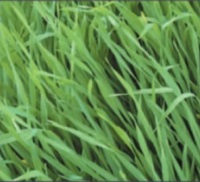
Not to be confused with rye grass. Extensive root system for improving soil structure
Sow: Broadcast August – November
Soil type: All
Dig in: Early spring
Nitrogen fixer – no
Trefoil
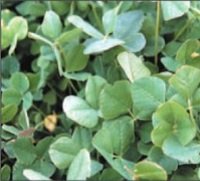
Low growing winter hardy plants
Sow: March – August
Soil type: Light, dry. Not acid
Dig in: 3-4 months
Nitrogen fixer – yes
Crimson Clover
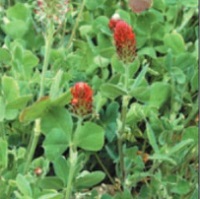
Best for sandy soils to add humus. Very attractive to bees if left to flower
Sow: Broadcast March – August
Soil type: Light sandy
Dig in: 2 3 months, before flowering
Nitrogen fixer – yes
Agricultural White Mustard
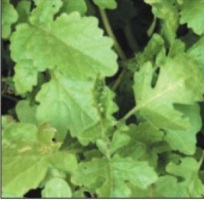
One of the fastest-growing green manures. It is susceptible to clubroot, so do not use where this might be a problem.
Sow: Broadcast March – mid-September
Soil type: Fertile
Dig in: 1 – 2 months, before flowering
Nitrogen fixer – no
Winter Tares
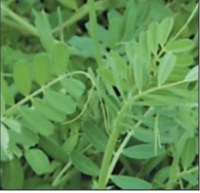
An annual fast-growing vetch, once established. Winter hardy. For the best weed-suppression, mix with Rye.
Sow: March – May/July – September
Soil type: Heavy, not acid or dry
Dig in: 2 – 3 months, before flowering
Nitrogen fixer – yes
These are two generic ideas from Kings Seeds
Summer Quick Fix Mix
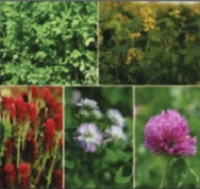
The purpose of this is to build soil nitrogen. A fast-growing annual mix that is best sown into warm soil. It should be broadcast, or shallow drilled at no more than 10 millimetres
Sow: May to July
Soil type: All
Dig in: After 10 weeks
Nitrogen fixer – yes
Overwinter Mix
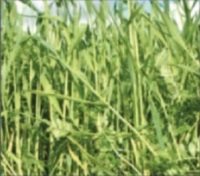
Growing a nitrogen lifter and fixer is the best way of improving soils over winter. Cereal rye and veg are excellent companions and usually very reliable
Sow: Mid-September to mid-October
Soil type: All
Dig in: April – May before flowering
Nitrogen fixer – yes
